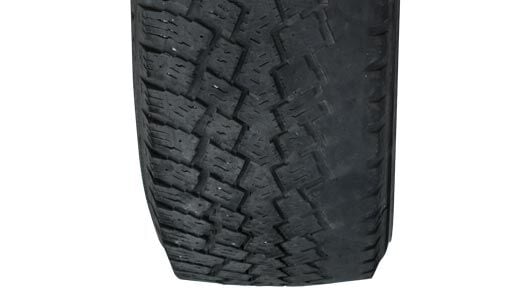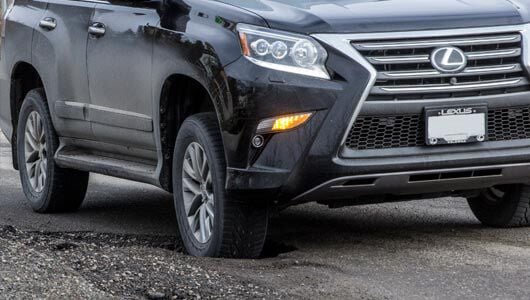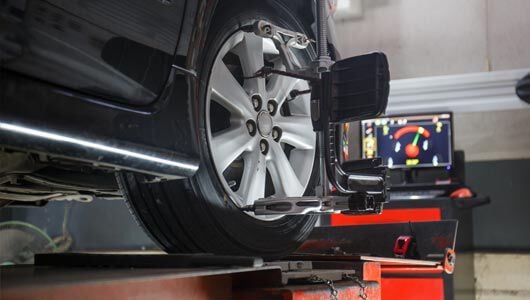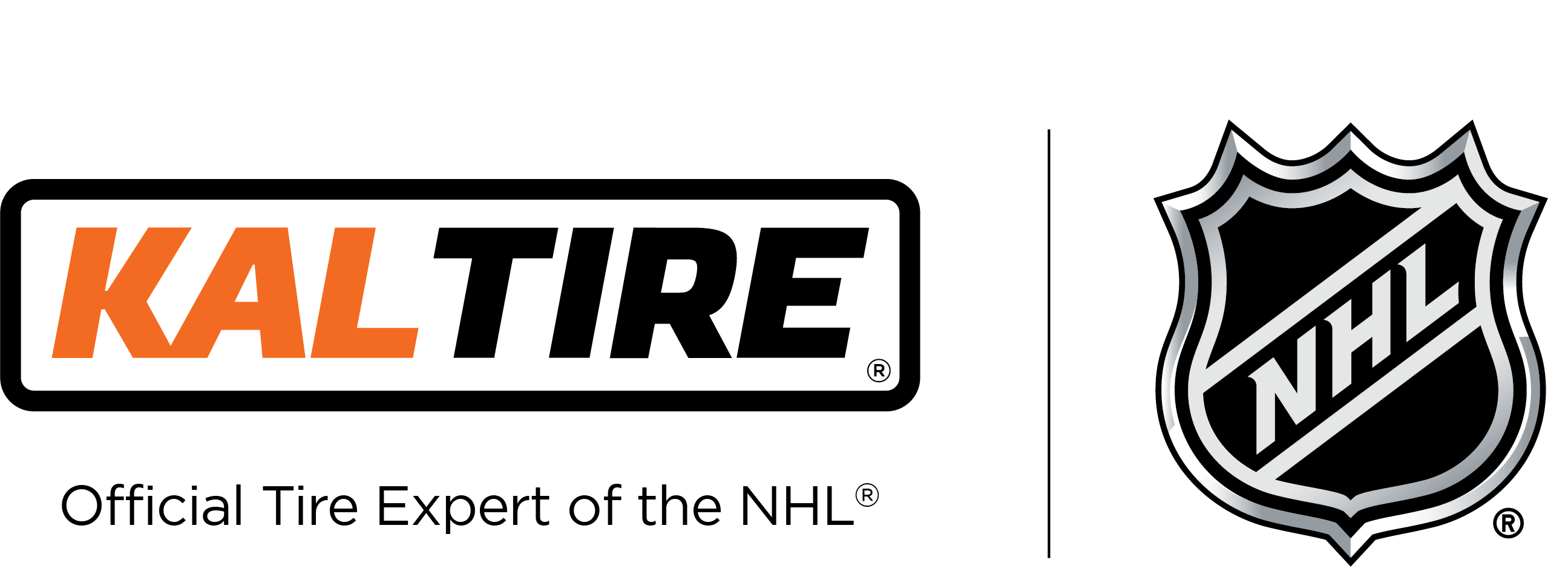What’s the difference between tire balancing and wheel alignments?
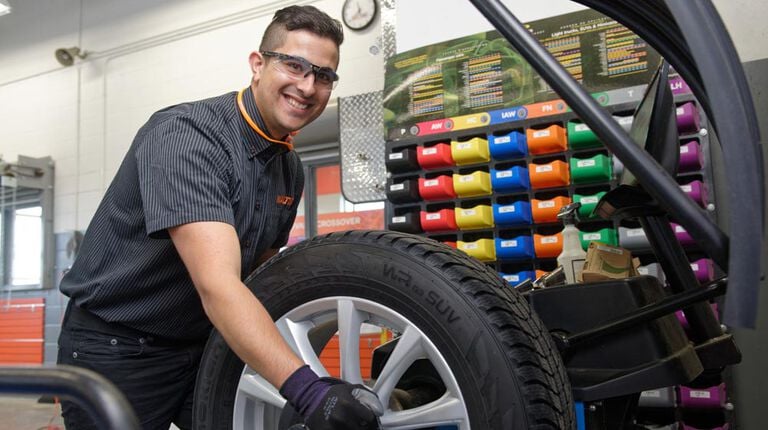
Imagine you’re driving along the highway, and as you accelerate, your vehicle starts to vibrate. Your car could be telling you it’s time for tire balancing or a wheel alignment.
While they both help ensure smooth, safe driving, tire balances and wheel alignments fix different issues. Tire balances fix weight imbalances in the tire that can cause vibrations and uneven tread wear. Wheel alignments, meanwhile, correct the angle at which your wheels align with your vehicle and have a direct impact on your handling.
Here’s what you need to know about imbalances and misalignments.
Tire Balancing
What is tire balancing?
Also known as wheel balancing, a tire balance corrects uneven weight distribution in your wheels. Our certified technicians mount your tires onto a tire balancing machine. As the tire spins, the machine measures the weight distribution so our technicians can select the right place to attach small weights to fix this imbalance.
Signs of tire imbalance
But how can you tell if your wheels are unbalanced? One of the first places to check is your tires. Is the tread worn evenly? If not, it could be a sign that it’s time for a wheel balance. And, while you’re in the driver’s seat, pay attention to any vibrations in the steering wheel, seat, or floorboards. Another telltale sign is if you notice you’re filling up your tank more often with the same amount of driving.
How do tires become unbalanced?
When you lose the small wheel weights that technicians attach to your wheel, you’ll soon notice the vibrations. Unbalanced tires can be caused by:
- Washing your rims with a pressure washer
- Improper wheel-weight fitment
- Leaving your vehicle parked for extended periods of time causing flat spots in the tire.
What to do about wheel imbalance
If you notice any of these signs, bring your vehicle to a Kal Tire near you for an inspection.
Looking for a new set of tires this season? At Kal Tire, tire balancing is included with the purchase of new tires.
Wheel Alignments
What is an alignment?
Despite its name, a wheel alignment is the adjustment of your suspension, which is what connects your vehicle to the wheels. Our certified technicians use sophisticated equipment to ensure an exact wheel alignment that meets the manufacturer’s specifications.
Our technicians make sure:
- Your wheels are parallel
- Your wheels sit flat on the road
- Your steering wheel is centred
Signs of misaligned wheels
If your vehicle is pulling to the left or right, this is a telltale sign that it’s time for a wheel alignment service.
Other signs include:
- Uneven tread wear
- The steering wheel doesn’t line up straight
- The front of the car shimmies after hitting a bump
How does a vehicle become misaligned?
After cruising through spring and summer, drivers across the country have spent months dodging and partially avoiding potholes. But whether it’s from one big hit or several small bumps, potholes are one of the key contributors to misaligned wheels alongside curbs and collisions.
How to avoid a misaligned vehicle
As the journey to misalignment is often gradual, we recommend checking your wheel alignment every one to two years or sooner if you’ve:
- Had an accident
- Hit a pothole or curb
- Replaced any suspension component.
If you live in a rural area and frequently drive on gravel roads or poor road conditions, you should get an inspection every tire changeover to understand the conditions of your suspension components.


